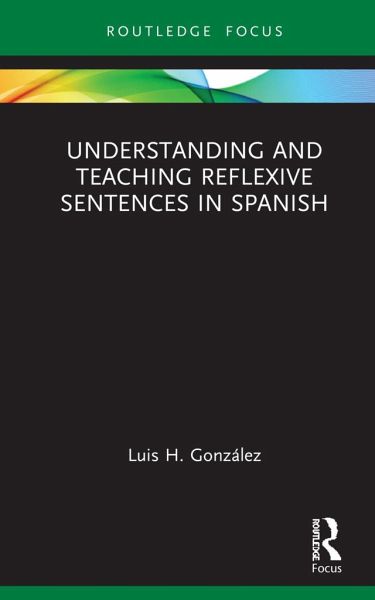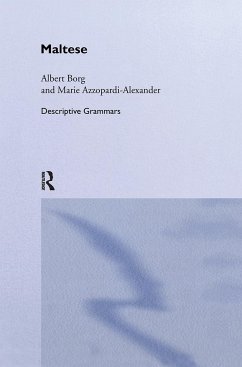
Understanding and Teaching Reflexive Sentences in Spanish
Versandkostenfrei!
Versandfertig in 1-2 Wochen
64,99 €
inkl. MwSt.
Weitere Ausgaben:

PAYBACK Punkte
32 °P sammeln!
Understanding and Teaching Reflexive Sentences in Spanish provides a fresh, simple, and novel approach to understanding and teaching the use of the intransitivizing se. Understanding reflexive sentences can be challenging for learners of Spanish. Instead of expecting learners to memorize multiple rules, the author offers one simple rule that allows learners to intuitively understand and use reflexive sentences. Sample exercises for students at all levels of language proficiency are also provided to practice and internalize the new approach. This book will be of interest to teachers and learner...
Understanding and Teaching Reflexive Sentences in Spanish provides a fresh, simple, and novel approach to understanding and teaching the use of the intransitivizing se. Understanding reflexive sentences can be challenging for learners of Spanish. Instead of expecting learners to memorize multiple rules, the author offers one simple rule that allows learners to intuitively understand and use reflexive sentences. Sample exercises for students at all levels of language proficiency are also provided to practice and internalize the new approach. This book will be of interest to teachers and learners of any second language, as well as linguists interested in second language acquisition or in second language teaching or pedagogy.













